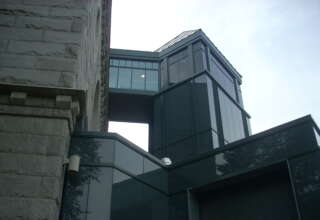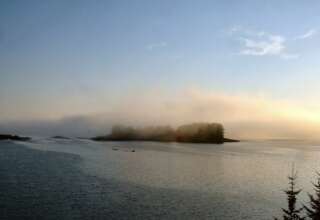
According to Polak (1973, p. 20) “adequate response can be nothing less than a comprehensive and inspiring vision of the future.” This suggests that discernment in contemporary times requires that any viable image of the future must be systemic (comprehensive) and appreciative (inspiring). These two criteria to be used in receiving and engaging a specific vision have advocated and illustrated throughout this series of essays on true freedom. It is this type of systemic and appreciative image of the future that can produce Grace. It is what Polak (1973, p. 21) labels “a renewed influence-optimism which can lift us out of [what Polak identifies as] the lethargy of our present essence-pessimism.”
This is all well and go—but compelling visions are not just tidy, secular creations of humankind. As Polak notes, they seem to come from outside regular human experience. They are forms of the “Other” and are numinostic in character. How then does one discern the numinous? How does one discern its source? Does it come from a Godly (or at least humane) source, or is it aligned with humankind’s “worst nature” (the present-day evil that seems to pervade our 21st Century world)? Furthermore, how does one categorize and confine that which resides outside categories and eludes confinement? As I noted in a previous essay in this series, Carl Jung (1938) suggested that structures need to be put in place that enable us to confront and somehow find coherence in the numinous. He identified the Catholic church as a primary source of this structure in early European history, until such time as the Protestant Church shattered this structure and forced its followers to address God (and the numinous) directly.
According to Jung, it is only with the imposition of totalitarian structures (such as the Third Reich) that Protestants were protected once again from the numinous. Jung suggests that an experience of the numinous is quite frightening and often not welcomed. He proposes that we build societal norms and institutional structures to protect us from the numinous. It may be the case that we sacrifice true freedom for protection from the numinous. We find the challenge of discernment regarding competing visions of the future to be quite challenging precisely because of their awe-filled, numinous quality. We look away from compelling visions and seek an indirect interpretation of (and buffering from) these visions through institutional structures that are often, as Jung suggests, authoritarian in nature.








